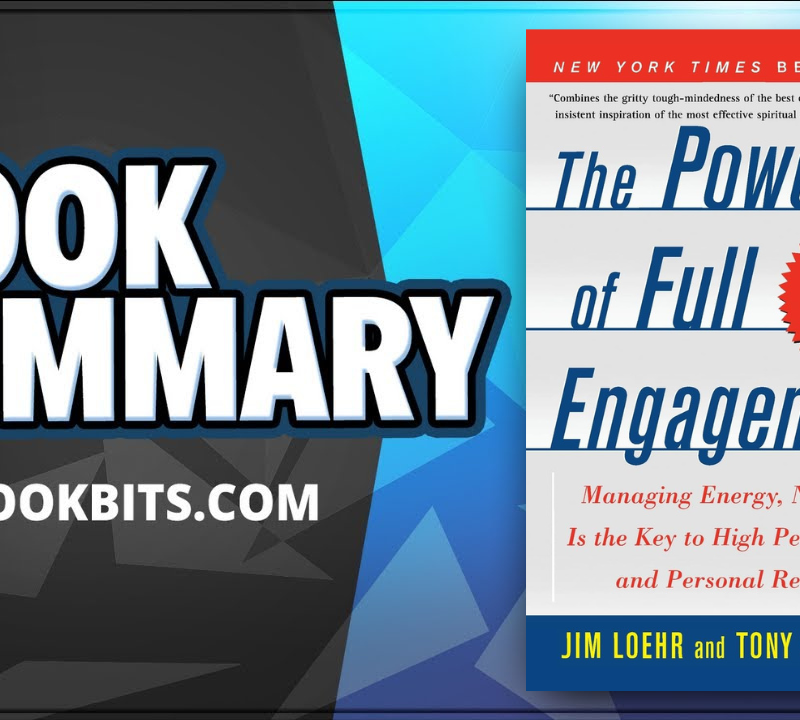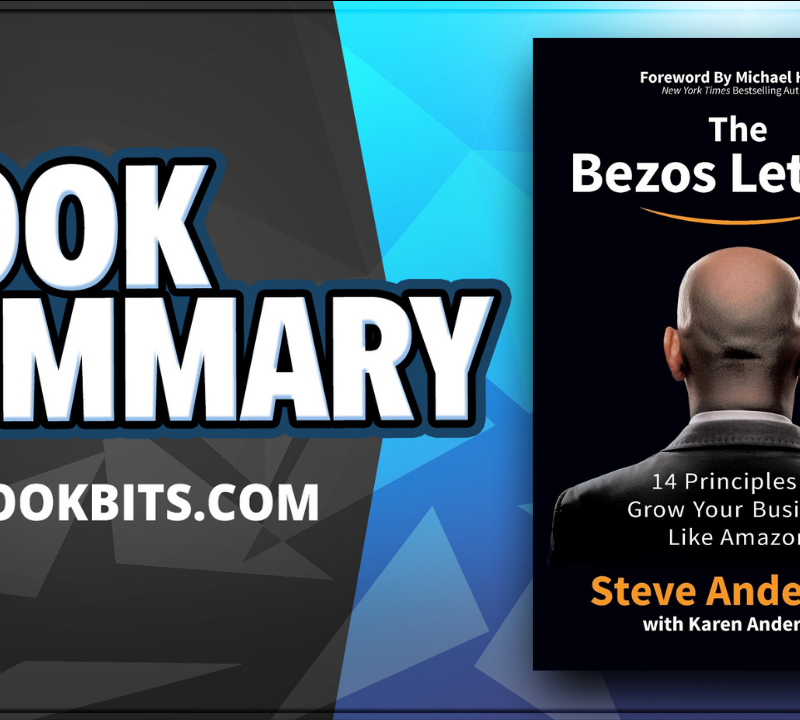★DOWNLOAD THIS FREE PDF SUMMARY HERE
? MY FREE BOOK TO LIVING YOUR DREAM LIFE”
? SPONSOR BESTBOOKBITS BY USING PATREON
? SUPPORT BESTBOOKBITS BY CLICKING THE LINKS BELOW
- 150 PDF Summaries
- Coaching Program
- Subscribe to My Channel
- Website
- Spotify
- Book Club
- Mailing List
FOREWORD
- Design truly holds the key to the success of your new brand.
- What does it even mean to be a brand today?
- “The word ‘brand’ needs a re-branding—due to its brand longevity the brand legacy is not brand-correct anymore.”
- Soul is the beating heart. It is the reason a company should exist and also the reason that your initial attraction matures into love.
- Attractive is the brand aura, the emotional connection you feel when you come into contact with the brand.
- Smart is its usability. How easy is it to engage with the product or service?
- Just as “no man is an island,” no entrepreneur should exist in a vacuum. We naturally seek the advice of our coworkers, friends, family, and mentors. Validation and constructive criticism are crucial in developing a brand.
SECTION 1: BRAND PLATFORM
- Think of your new brand as a building. The Brand Platform is the foundation upon which the construction takes place. If the foundation is strong and well considered, anything built on it has a higher chance of being equally sturdy.
- A strong Brand Platform is the foundation for a strong brand. It serves as a guide for developing the brand’s identity, consumer relationships, and marketing. The stronger the Brand Platform, the stronger the brand.
DEFINING A BRAND’S POSITIONING
- What makes your brand unique? Why will consumers be drawn to your product? How does the audience perceive your brand?
- Simplistic as it may sound, it can help to think of your brand in terms of problem and solution.
- All positioning falls into one or more of these categories:
- Functional (solves a problem or provides a tangible benefit)
- Symbolic (provides a feeling of belonging or self-image benefit)
- Experiential (provides physical or mental stimulation)
BRAND IDENTITY ASSOCIATIONS
- There are four sources of brand identity associations: Brand as Product,
- Brand as Organization, Brand as Person, and Brand as Symbol.
Brand as Product: product lines, specific products, their attributes, quality and value, functionality, aesthetics, user personality
Brand as Organization: the philosophy of your company, the brand’s attitude, scope (i.e., local vs. global)
Brand as Person: your brand’s character traits and how users view their relationship with your brand; this may be typified by a company leader or spokesperson
Brand as Symbol: physical properties of your product—a unique design, identity (logo), advertising campaign, or brand heritage (particularly if you are launching a brand under a pre-existing company umbrella)
POINT(S) OF DIFFERENCE AND BRAND VALUE
- Today’s consumers have more choices than ever before.
- All a brand needs is one strong point of difference to distinguish it from the competition.
- As the consumer market becomes increasingly saturated with competitive product and service offerings, branding is emerging as a key differentiator for prospective consumers.
- Consumers Are Triggered by Emotion Far More than by Logic.
- People don’t care about you until they know you care about them.
- The Number One Most Important Branding Exercise: Don’t Think Of Your Audience, Think Like Them.
Understanding the Needs of Your Audience
- The key to connecting with your audience is understanding what motivates them.
- Abraham Maslow identified five categories of needs.
Physiological Need
- Biological motivators: food, water, sleep, health, sex.
- Product Examples: medicine, health food, bottled water, exercise equipment.
Safety Need
- Motivated by the desire for physical safety, security, and stability.
- Product Examples: insurance, safety devices (smoke detectors, helmets), retirement investments.
Belongingness Need
- Motives are reflected in longing for love, friendship, affection, socializing, and acceptance.
- Product Examples: clothing, food, personal grooming.
Esteem Need
- Desire for self-esteem, status, superiority, and prestige.
- Product Examples: clothing, automobiles, liquor, hobbies, travel, cosmetics.
Self-Actualization Need
- Motived by the desire for self-fulfillment, realizing full potential.
- Product Examples: education, hobbies, vacations, sports, museums.
- Maslow’s Needs Hierarchy is a powerful tool to use in determining the efficacy of your brand in terms of audience, business management, product development, visual identity, message, and marketing language.
- A clear knowledge of the needs and desires of your target customer allows your brand to connect in a more meaningful and compelling way and stand out in a saturated marketplace.
CONSTRUCTING A PHILOSOPHY
- Why do certain brands connect better than others? Great brands communicate on a deeper level. In Start with Why: How Great Leaders Inspire Everyone to Take Action, Simon Sinek advocates that a business should tell the consumer not what it does but why it does it. Giving your brand a voice and ideology creates a stronger bond with the audience.
- Compare a brand’s story to religious doctrine. A brand’s story is ingrained in the hearts and minds of true believers, touching on the hallmarks of organized religion: “A sense of belonging, a clear vision, enemies, evangelism, grandeur, storytelling, sensory appeal, rituals, symbols, and mystery”
- Why does this brand exist?
- Is there a compelling story behind the brand?
- How could your brand experiment and grow, moving forward?
- What does the world need that your brand is uniquely able to provide?
- Consumers now want more out of their brands than just products.
- Thinking of your brand as a person will help you create an authentic voice that will connect with consumers.
- Think big and think long term. This is the time to create a foundation on which your brand can be built and expanded in the future.
- Every brand has a sweet spot; try to find yours early on to manifest and expand upon it.
SECTION 2: NAMING
- The name of your new brand—quite possibly your organization’s greatest asset—will usually be with you forever. It will become the launch pad from which all the other elements of your brand will spring, including potential sub-brands in the future. It sets the tone for your organization or product.
- CHARACTERISTICS OF A GREAT NAME
- When selecting the best name for your company or product, you should look for certain characteristics:
- Short and Easy to Pronounce
- Meets Your Needs Online
- Passes the Search Test
- Tells a Story
- Stands Out
- Expandable into Brand Language
- Avoids Clichés or Overused Words
- Culturally Friendly
- TYPES OF BRAND NAMES
- Founder
- Descriptive
- Fabricated
- Metaphor
- Acronym
- Creative Spelling
- Numeric
- CHOOSING A DOMAIN
- Naming your brand successfully and formulating your domain name go hand in hand. Every start up has different needs when it comes to domain ownership.
- How much money is a .com domain worth?
- Alternatives to “brand.com” ownership
- While owning a .com is the most desirable way to go, your brand can still have success with a carefully chosen top-level domain
- .net
- .org
- .co
- .pro
- TRADEMARKS
- Once you’ve chosen the name for your new brand, it’s time to check the IP rights so that you can make it official. Trademarking the name ensures that you own it and won’t encounter any issues down the road from another company claiming to have the same or a similar name. It also protects you from those who might try to copy or illegally acquire your name.
SECTION 3: IDENTITY DESIGN
- Brand identity starts with a simplified mark that identifies your brand through a symbol, wordmark, or letterform mark. It is one of the most important pieces of your branding because it creates an immediate visual and emotional connection with your audience.
- Of the 16,000 logos you see on any given day, each falls into one of two categories that comprise the basic types of identity design: Wordmark or Icon and wordmark.
- SEVEN COMPONENTS TO LOOK FOR IN A GREAT IDENTITY DESIGN
- Timeless, Unique/Distinct, Tells a story, Simple, Flexible, Works Well as Both large and Small Sizes, Adaptive.
- Simplicity in design and depth in message are key to a successful identity design.
- The simpler the logo, the more adaptable it will be, making it easier to create a strong Brand Atmosphere over time.
- TRADEMARKING YOUR BRAND IDENTITY MARK
- In addition to your name, make sure you register a trademark for your identity design, even if it is a logotype of a name that has already been trademarked.
SECTION 4: BRAND ATMOSPHERE TOUCH POINTS
- Once you have established a solid platform, name, and identity design, you are ready to breathe life into your brand by expanding it through tangible materials and experiences.
- SIGNIFICANCE OF COLOR
- Color selection is a key part of your strategic Brand Atmosphere decision making process that goes far beyond artistic preferences. Color influences an audience emotionally and is often the first thing people notice when they interact with a brand. If used correctly, it has the power to create positive associations and improve recognition with an audience. If misused, it can confuse or drive an audience away.
- SIGNIFICANCE OF TYPOGRAPHY
- Typography is one of the most important design elements in your branded materials. When you consider typography options with your design team, keep readability and brand cohesion at the forefront of your mind. You want your chosen fonts to have attributes that support your brand identity without competing with your logotype font.
- THE ART OF CRAFTING A BRAND VOICE
- Tagline and descriptor
- Establishing a strong tagline is the first step in developing your brand language. A tagline is a key phrase associated with your brand, and it is repeated across select marketing efforts and other elements of the Brand Atmosphere. Great taglines convey both the value and the essence of your brand in a concise and memorable way.
- THE POWER OF SOCIAL MEDIA BRANDING
- Social media provides a huge opportunity for brands to grow their influence in a cost-efficient manner.
- How you leverage your brand through social media channels will have a significant impact on your brand’s success, especially if your business relies on online engagement, which is most frequently the case.
- Before you (or the social media agency you hire) dive into social media, we recommend that you develop a solid content strategy. Here are a few items to consider along the way:
- Content value
- Social media is a great space for direct marketing, but you need to provide value to your followers with useful content. Your brand will stay more relevant in your audience’s minds if you add something valuable to their day.
- Brand voice
- Social media is one of the most important channels for showcasing your unique brand voice.
- Maintenance and resources
- Consider how much budget, staff, and time your business can dedicate to social media.
- ENVISIONING THE BRAND ENVIRONMENT
- Environment influences the mood and feelings that people associate with your brand. Elements that create a physical brand environment involve all of the five senses and can include architecture, materials, light, smell, and temperature.
★DOWNLOAD THIS FREE PDF SUMMARY HERE
? MY FREE BOOK TO LIVING YOUR DREAM LIFE”
? SPONSOR BESTBOOKBITS BY USING PATREON
? SUPPORT BESTBOOKBITS BY CLICKING THE LINKS BELOW
















